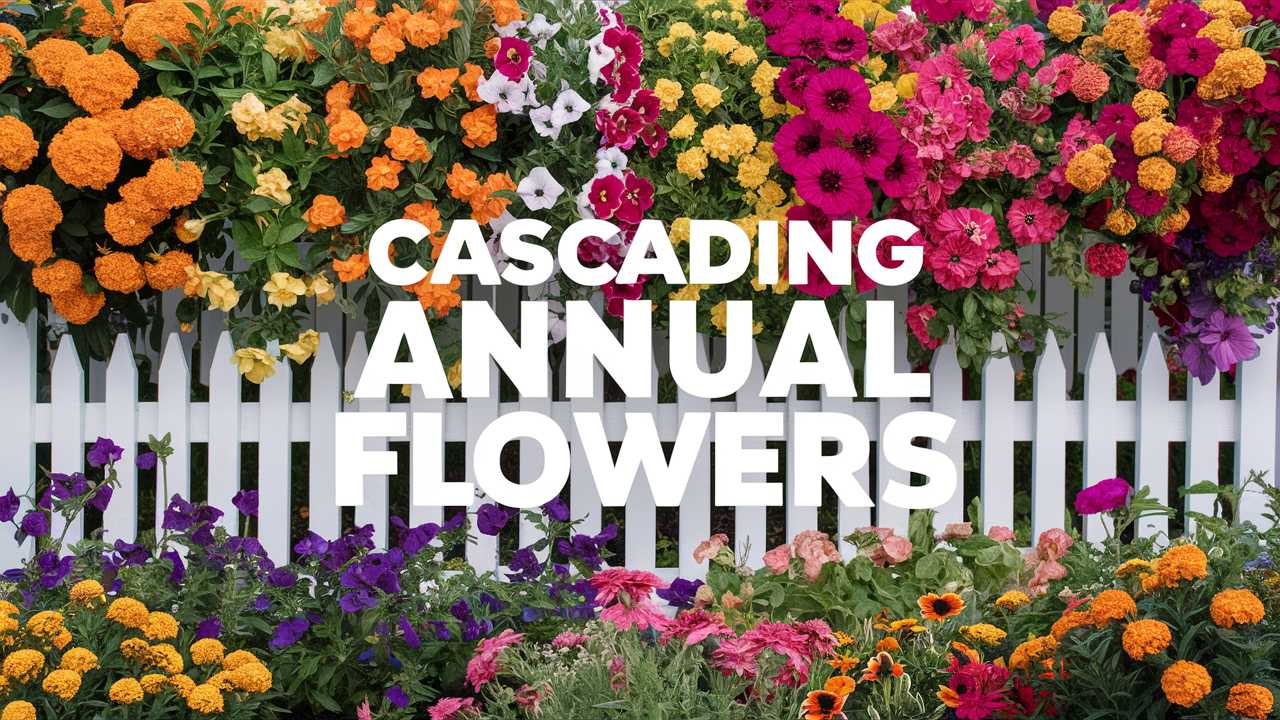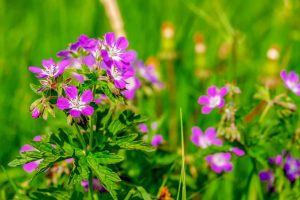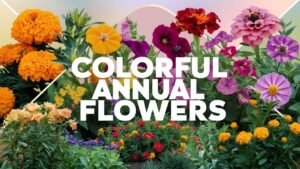In this guide, we’ll explore some of the most popular cascading annual flowers, highlighting their unique characteristics, care requirements, and ideal growing conditions. Whether you’re an experienced gardener or just starting out, you’ll find these plants offer plenty of inspiration for your gardening adventures.
Petunia
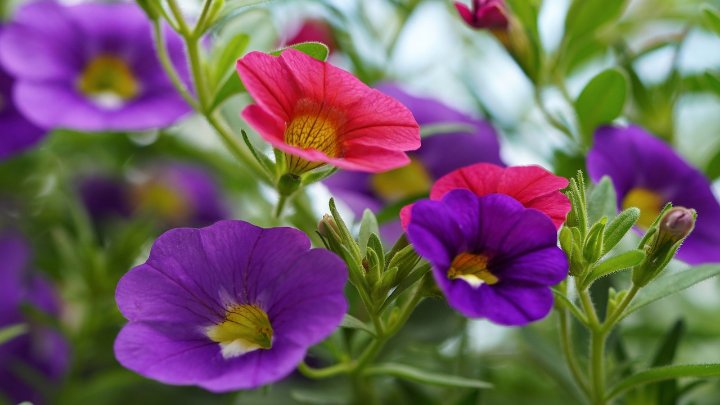
Petunias are perhaps one of the most beloved cascading annuals, known for their vibrant colors and abundant blooms. These flowers can thrive in a variety of conditions, making them a versatile choice for gardeners. Petunias are available in a multitude of shades, including pastels, bold brights, and deep jewel tones. Their fragrant blooms attract pollinators, adding life to your garden.
One of the standout features of petunias is their ability to trail gracefully. They look fantastic in hanging baskets and can create a stunning display that spills over the edges. Beyond aesthetics, petunias are quite resilient; they flourish in full sun and tolerate heat well, making them an excellent choice for warmer climates. Regular deadheading can encourage more blooms, while a sprinkle of balanced fertilizer every few weeks ensures your petunias continue to thrive throughout the growing season.
Million Bells (Calibrachoa)
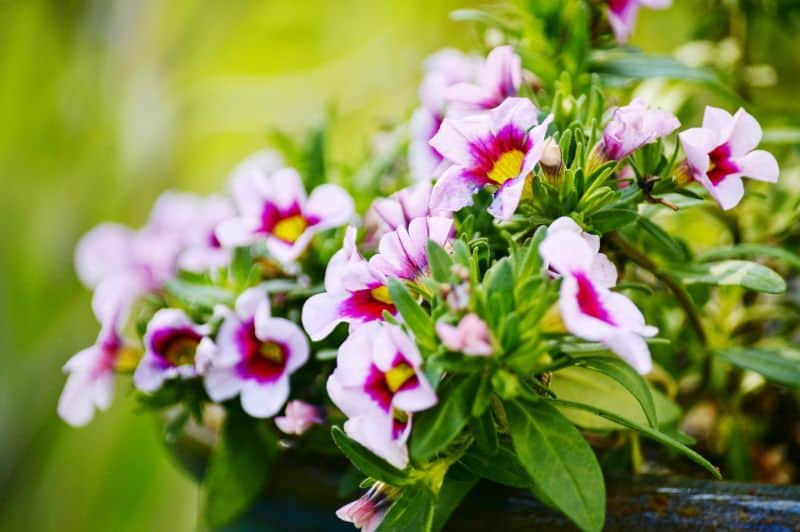
Million Bells, or Calibrachoa, are enchanting little flowers that offer a similar appearance to petunias but come with their own unique charm. These tiny blooms are incredibly prolific, producing hundreds of small cup-shaped flowers that cascade over containers and hanging baskets. They are available in a rainbow of colors, often with striking patterns or bi-color combinations.
What makes Million Bells particularly appealing is their remarkable drought tolerance. Once established, these plants require minimal watering, making them suitable for gardeners who may not have the time to tend to fragile plants. They thrive best in well-drained soil and love full sun, which encourages abundant flowering. Just like petunias, these flowers benefit from regular deadheading and feeding to promote continuous blooming from spring until frost.
Nasturtiums (Tropaeolum majus)
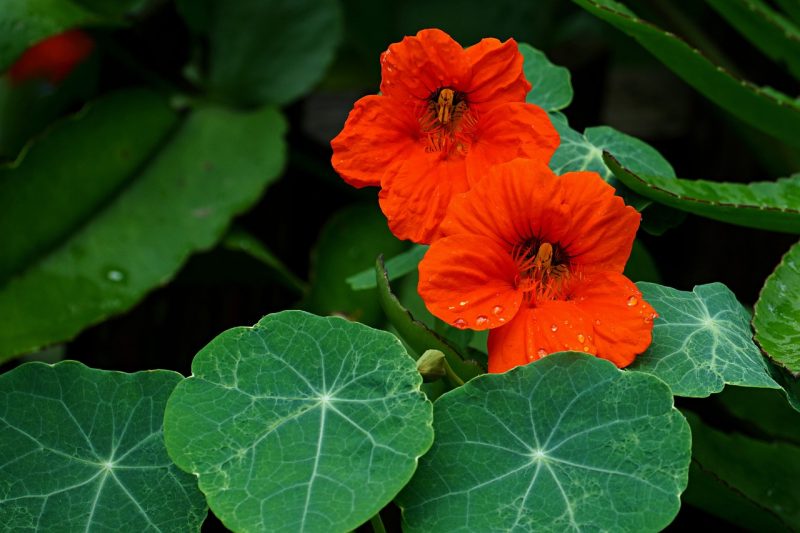
Nasturtiums belong to a different family of plants, offering a unique touch to your cascading flower display. Known for their vibrant orange, yellow, and red blooms, nasturtiums can bring a bold splash of color to any garden. Their round leaves add an interesting texture to the mix, and both the flowers and leaves are edible, making them a dual-purpose plant in both culinary and decorative gardens.
These blooms prefer poor, well-drained soils, making them quite low-maintenance. Interestingly, nasturtiums are also known to attract beneficial insects while deterring certain pests, which can be advantageous for your garden’s ecosystem. They thrive in full sun but can tolerate partial shade. Because they can grow quite vigorously, giving them enough space to trail and spread is key to preventing overcrowding.
Lobelia (Lobelia erinus)
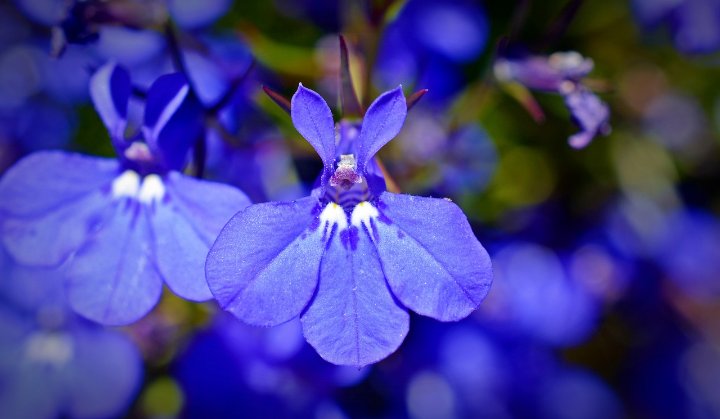
Lobelia is known for its delicate, cascading blooms that appear in shades of blue, purple, and white. This annual is often used in mixed pots and hanging baskets for a charming display that can fill in gaps and soften the edges of your arrangements. Lobelia’s cascading habit makes it ideal for trailing over the sides of containers, creating a stunning waterfall effect.
These flowers flourish in cooler temperatures, which makes them perfect for the spring and fall gardens. They prefer partial to full shade, making them suitable for areas that don’t receive direct sunlight throughout the day. Consistent moisture is essential for lobelia, as they can dry out quickly in hot weather. Regular watering and a balanced fertilizer application every few weeks will ensure they remain lush and vibrant.
Pansy
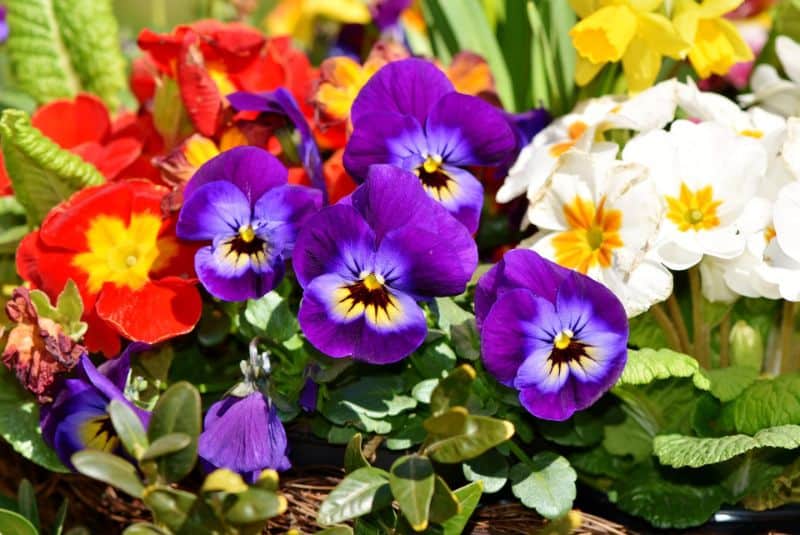
Pansies are classic annual flowers that come in an array of colors and patterns, beloved for their large, welcoming blooms. Their cheerful faces make them a favorite among gardeners. While pansies can be grown as trailing plants in containers and hanging baskets, they also make a lovely addition to flower beds and borders.
Pansies thrive in cooler weather, making them particularly popular for early spring gardens. They can tolerate light frosts, allowing gardeners to enjoy their blooms early in the season. Takes note of their preference for well-drained soil and partial to full sun. Regular deadheading will encourage more blooms, ensuring a long-lasting display. In hotter climates, providing some afternoon shade can protect pansies from wilting and prolong their blooming period.
Nemesia

Nemesia is another delightful annual flower featuring delicate blooms that range from white to vibrant shades of blue, pink, and purple. The cascading branches of nemesia offer a lush look in hanging baskets and containers, creating a beautiful variety of color and texture.
These plants flourish in well-drained soil and prefer full sun to light shade. Regular watering is crucial, especially during hot and dry spells; nemesia appreciates consistent moisture. They are relatively pest-resistant but can benefit from a light application of fertilizer to promote additional flowering. With their charming blooms and pleasant scent, nemesia adds a delightful touch to any garden.
Sweet Alyssum

Sweet Alyssum is a sheer treasure among cascading flowers, known for its small, fragrant blooms that create a soft, carpet-like appearance. Typically found in shades of white, lavender, pink, and purple, alyssum is perfect for filling in gaps in containers or for cascading over the edges of hanging baskets.
This annual thrives in full sun and is relatively easy to care for, tolerating poor soil conditions and drought once established. It is a superb choice for attracting pollinators, making it a favorite among gardeners seeking to promote a vibrant ecosystem. Regular deadheading helps to prolong the blooming season, and while sweet alyssum tends to self-seed, proper care can keep the blooms coming throughout the summer.
Begonia
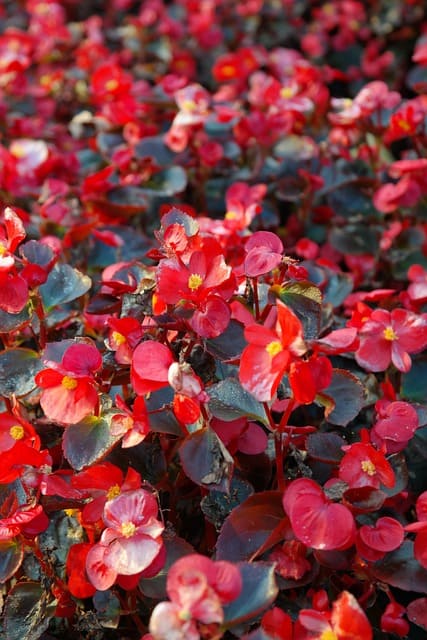
Begonias, particularly the cascading varieties, have gained popularity among gardeners for their stunning foliage and beautiful blooms. Available in diverse colors, these flowers can brighten up any space. Their waxy leaves, which can vary in shape and texture, add another layer of visual interest beyond their cascading blooms.
These plants prefer shade or partial shade, allowing them to thrive in garden spots that might not receive direct sunlight. Begonias truly shine in hanging baskets or as trailing plants in containers. They require consistently moist soil, so regular watering is essential; however, avoid over-saturation. With their elegant appearance and long-lasting blooms, begonias are a fantastic choice for a cascading display.
African Daisy (Osteospermum)
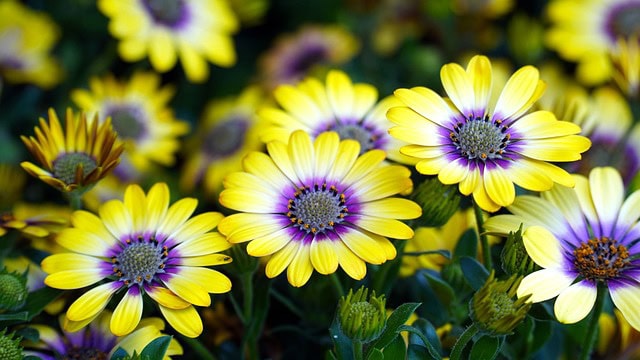
African daisies have become increasingly popular for their unique daisy-like blooms that offer an exotic touch to gardens. The flowers come in an array of colors and often sport eye-catching patterns. They have a distinctive ability to change color slightly based on temperature and light conditions, providing an interesting dynamic to your garden.
These daisies thrive in full sun and well-drained soil, making them suited for sunny garden spots. They are drought-tolerant once established, yet they appreciate regular watering during dry spells. Deadheading spent blooms encourages more flowering, while adding organic matter like compost can enhance soil quality. Their cascading habits make them an excellent choice for hanging baskets or mixed containers.
Impatiens
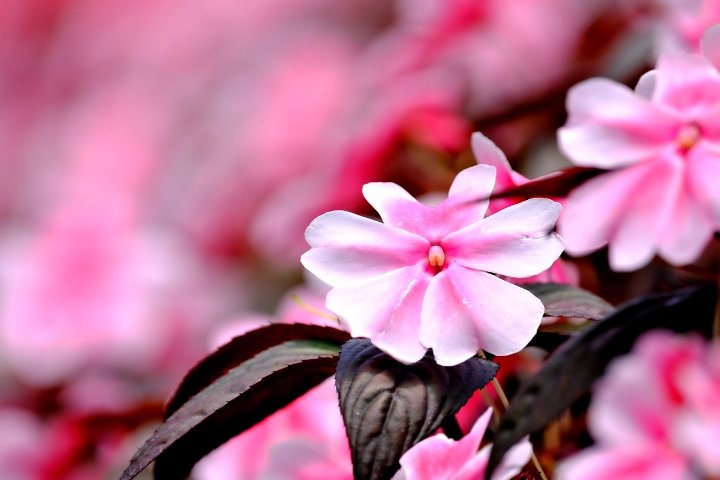
Impatiens are the go-to flowers for shady spots in the garden, and their soft, vibrant blooms can truly brighten up dim corners. Available in a multitude of colors, these flowers can cascade beautifully over the edges of baskets and containers, creating a lush, overflowing display.
Preferring fertile, well-drained soil, impatiens thrive in partial to full shade. Regular watering is essential, particularly during hot seasons; these flowers prefer consistent moisture but can suffer if their roots become waterlogged. While impatiens are generally pest-resistant, providing them with a balanced fertilizer can help them flower consistently and reduce the chance of disease by promoting healthy growth.


